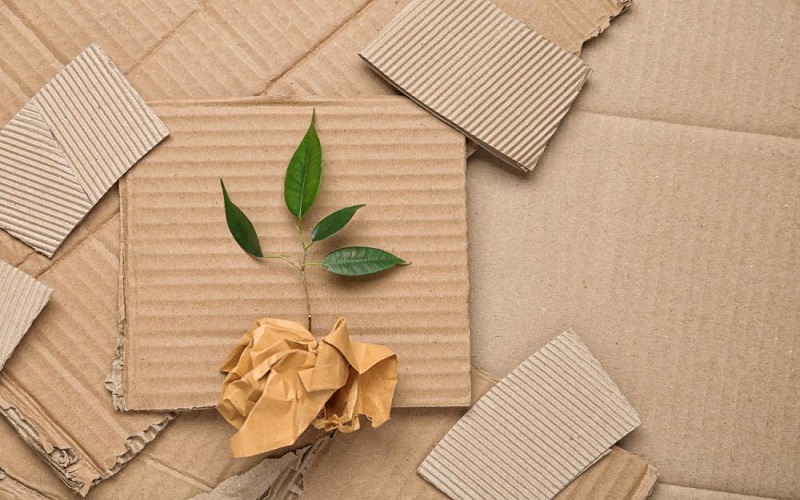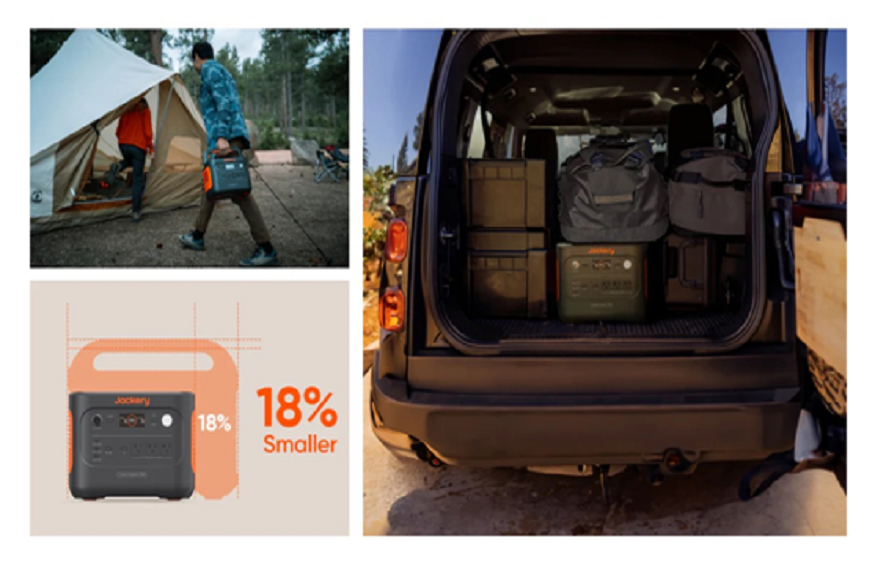The Future of Packaging: Sustainable Solutions for Everyday Products
As awareness grows around the environmental impact of plastic pollution and waste, companies and consumers alike are looking for more sustainable packaging options for everyday household products. From laundry detergent bottles to takeout food containers, much of what we use on a daily basis comes wrapped in single-use plastics that pile up in landfills and oceans. But new innovations in plant-based and compostable packaging aim to reduce this waste dramatically while still protecting products on store shelves and in transit.
The Problem With Plastic Packaging
Since the mass production of plastic began in the 1950s, this durable and lightweight material has exploded in popularity for consumer goods packaging. Today, over 40 percent of plastic produced goes towards packaging that is often used just once before being discarded. As plastic waste mounts globally, public awareness has grown around its negative impacts:
- Plastic pollution and toxicity: Over 8 million metric tons of plastic enter the oceans each year. Plastic waste threatens marine life and seafood safety while leaching harmful chemicals into the environment as it slowly breaks down. Microplastics ending up in waterways also threaten human health.
- Overburdened waste management: The small percentage of plastic waste that gets recycled is mostly down-cycled into lower-quality materials. Landfills are overburdened with the remainder of non-reusable, non-recyclable plastics.
Clearly plastic packaging, despite its ubiquity and convenience, comes at a high environmental cost that demands new solutions.
The Rise of Sustainable Packaging
In response to outcries over plastic waste, some companies have taken initiative by pledging to use 100 percent reusable, recyclable or compostable packaging by 2025 or 2030. Leaders in sustainable packaging are also working to scale new plant-based and compostable materials to replace plastics across everyday products like food and cosmetics. Several packaging innovations lead this revolution:
Biodegradable EPS
One alternative comes in the form of biodegradable expanded polystyrene (EPS). Commonly used for takeout containers or foam packaging like shipping coolers, conventional EPS takes hundreds of years to break down, persists indefinitely in landfills, and contributes heavily to microplastic pollution when littered. Now, companies like Epsilyte have developed biodegradable EPS made partially from sustainably harvested timber. This innovative foam breaks down through composting within a few months, reducing plastic waste without sacrificing effectiveness for shock-absorbent packaging functions.
Plant-Based Bottles and Containers
Eco-conscious companies also turn towards plant-based packaging as bioplastics that come from sustainable crop sources, not fossil fuels. For example, cartons made of paperboard and capped with sugarcane ethanol-based screw tops provide recyclable and renewable alternatives to plastic bottles. Food and cosmetics brands additionally experiment with containers made of bamboo, coconut husks, mushrooms, and other sustainably farmed crops. Though most bioplastics currently end up in landfills, improved municipal composting facilities and home compostability provide promising paths for plant-based packaging.
Government Regulations Accelerating Progress
Governmental efforts like bans on specific single-use plastics boost biodegradable and compostable packaging adoption. Lawmakers increasingly recognize the environmental threat posed by conventional petrochemical plastics and lack of adequate recycling. Over sixty countries have now instituted laws against plastics like shopping bags, cutlery, straws, cups, and food containers. In the United States, state-level packaging regulations ramp up each year, focused especially on food service items. Experts expect the next several years to see even more aggressive plastic bag bans and packaging restrictions worldwide.
Conclusion
Public outcry against single-use plastics leaves companies across all industries rushing to innovate sustainable packaging solutions. Though the problem of plastic pollution requires collective global action across corporations, governments and consumers, these packaging advances give reason to be hopeful. With science-backed improvements to materials, recycling infrastructure and waste management policies, less plastic making its way into oceans and landfills becomes an achievable vision for the future.



